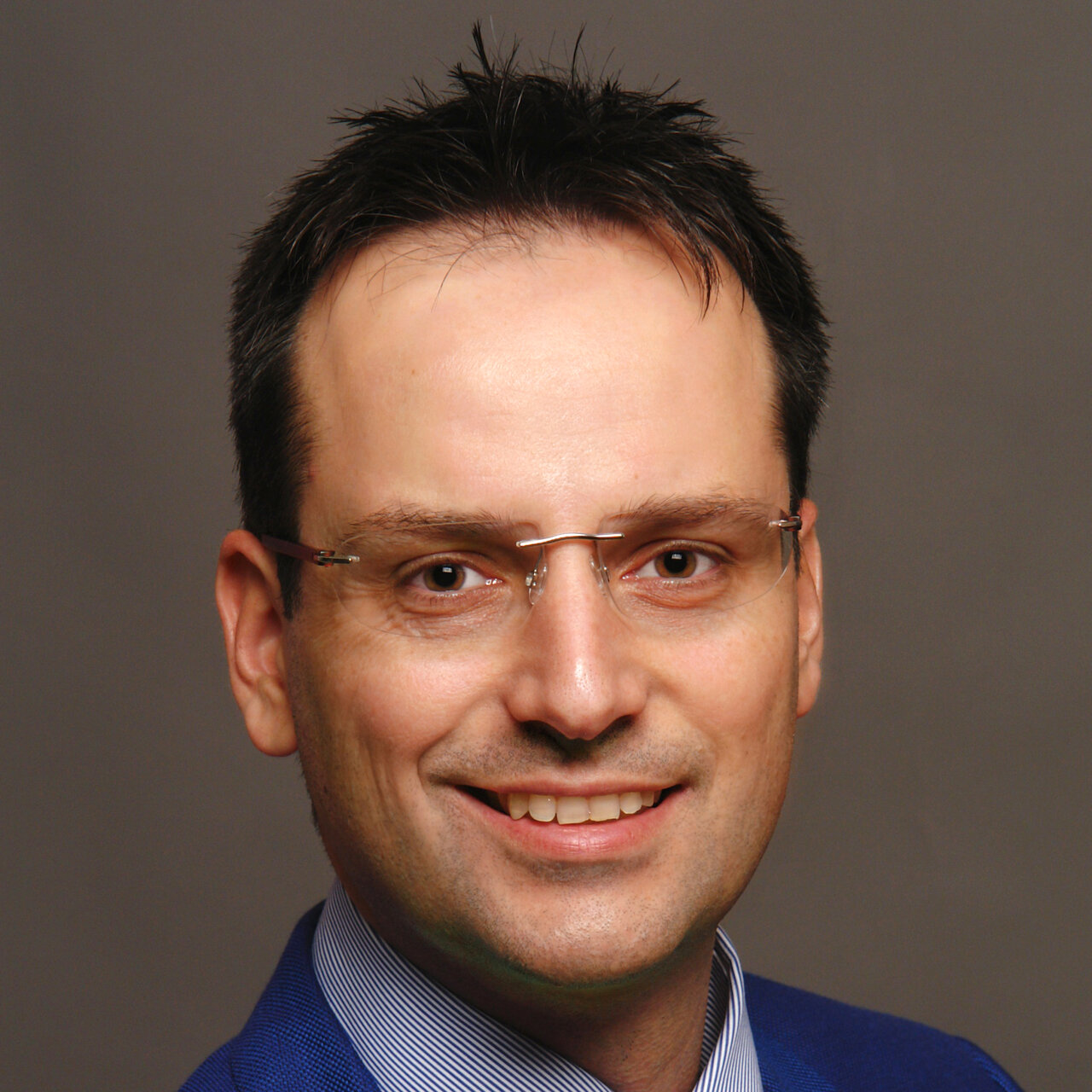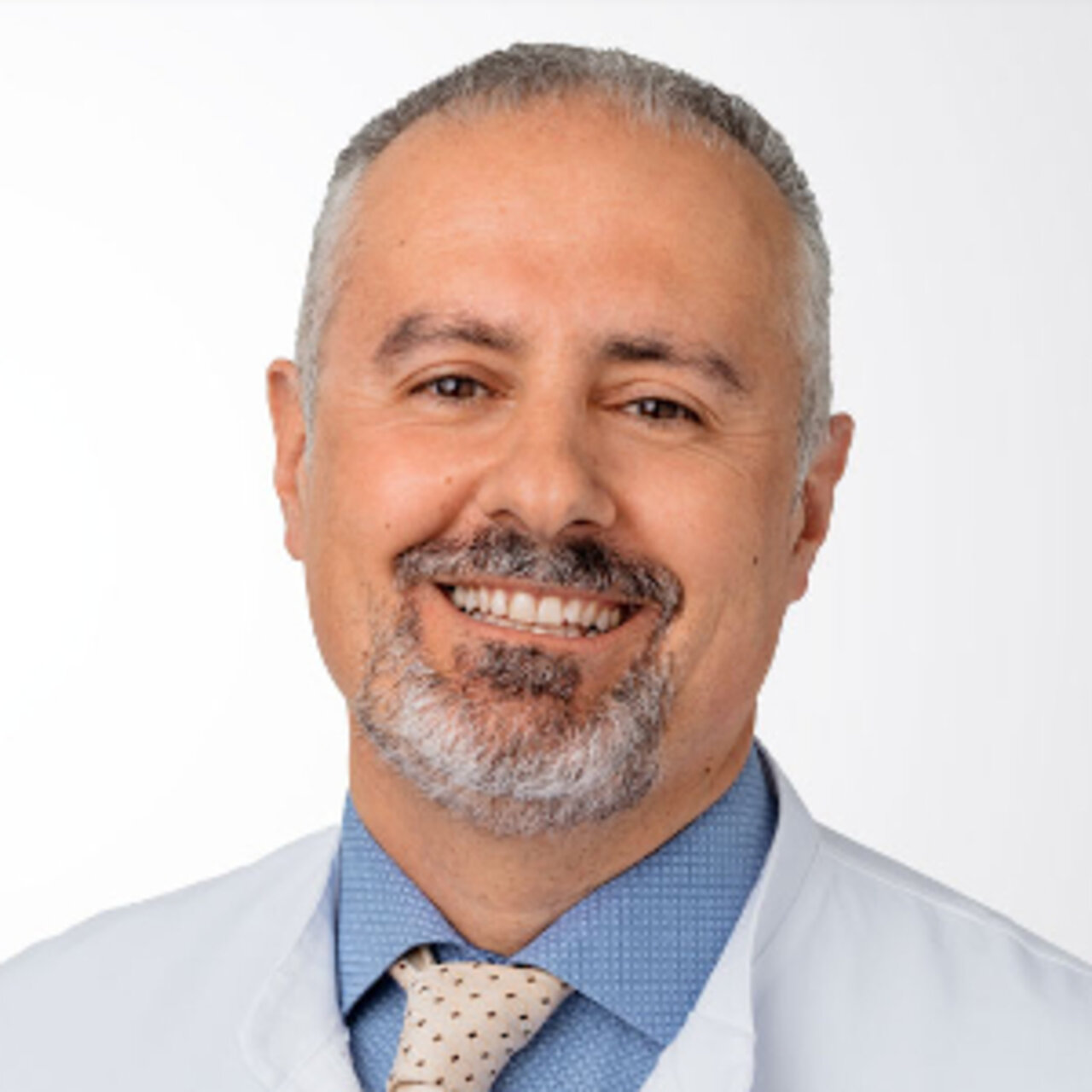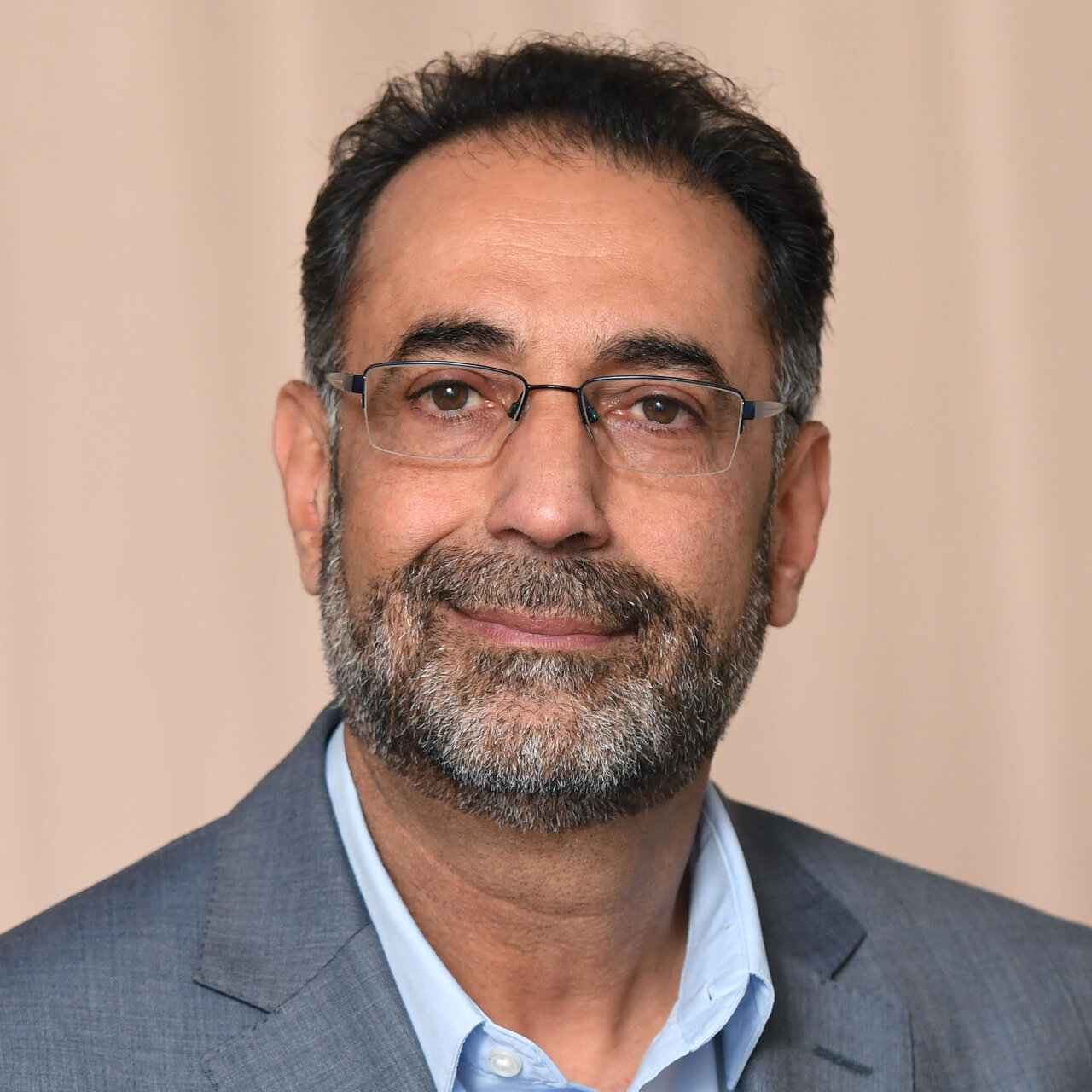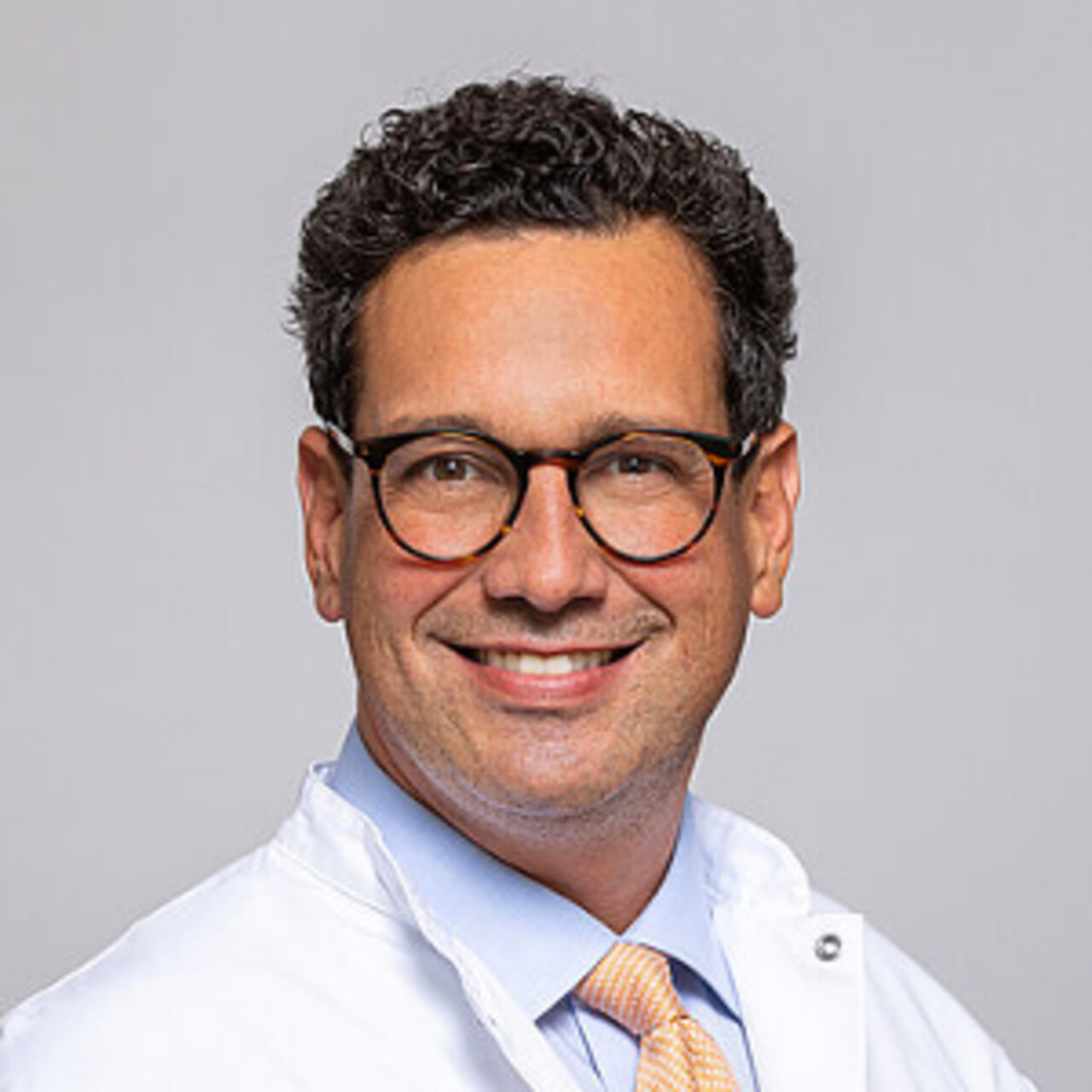Specialists in Periradicular Therapy (PRT)
8 Specialists found
Information About the Field of Periradicular Therapy (PRT)
What Is Periradicular Therapy?
Periradicular therapy (PRT) is a treatment procedure for back pain disorders. It involves injecting medication through a needle into the nerve roots that branch off the spinal cord in the area of the spine. The method is often used for pain after, for example, a herniated disk. The aim is to relieve pain and also improve existing inflammation and swelling. Usually, periradicular therapy is carried out under radiological monitoring (for example, computed tomography) to track the needle's position precisely.
Who Can Benefit from the Procedure?
Generally, periradicular therapy is used in patients with nerve root irritation. Symptomatically, there is often chronic back pain, in which case it is referred to as radicular pain. In addition, the pain may radiate to the arms or legs. The cause of the discomfort is often compression of the nerve root exiting the spinal cord. This can occur due to a herniated disk and wear-related bony narrowing of the spinal canal or the nerve exit holes. This leads to constriction, irritation, and inflammation of the nerves.
Periradicular therapy can be used for acute and chronic back pain, especially when conservative treatment attempts such as physical therapy alone have not been successful or surgery can be avoided. However, the procedure is not indicated if neurological symptoms are already noticed.
Mainly, PRT is used as a treatment for pain relief (therapeutic PRT), but diagnostic PRT is also possible. This is used to identify the exact origin of the back pain, for example, if there are several herniated discs. This way, it can be determined at which point a surgery would make the most sense.
Procedure and Duration of PRT
Before the treatment, the patient is informed about the benefits and possible risks. X-rays, CT scans, or MRI scans of the spine and specific blood tests may be necessary beforehand. Before the therapy, the patient can eat and drink normally, the procedure is usually performed in an outpatient setting, and anesthesia is unnecessary.
The patient lies prone on a couch; the puncture site is marked and disinfected. Local anesthesia is applied. The spine is visualized by CT or X-ray fluoroscopy to map the local conditions and determine the puncture navigation. Then the treating physician inserts the needle under further radiological monitoring until the appropriate treatment area on the nerve root is reached. The contrast agent may be administered for absolute position control. The medication is then injected. Usually, an analgesic and an anti-inflammatory and decongestant drug (often cortisone) are used.
The procedure takes about 10-30 minutes, including preparation and follow-up.
Afterward, the patient is often monitored for a short time and discharged. A subsequent rest period of about 2 hours is recommended.
The therapy may need to be repeated, so new appointments are scheduled at approximately 2-4 weeks intervals.
Side Effects and Risks
After PRT, the patient should not drive a vehicle, as mild numbness of the arm or leg (depending on the injection site) may occur for several hours. Occasional brief sensations of pain are also possible.
In rare cases, injection treatment may cause injury to blood vessels. In addition, more severe bleeding and bruising can cause discomfort that may need to be treated. Therefore, if you have known coagulation disorders or are taking blood-thinning medications, PRT should be thoroughly considered.
With every injection, there is a risk that the preparations are inadvertently injected into a blood vessel. This can lead to circulatory reactions such as blood pressure drops or cardiac arrhythmia. However, this is usually prevented by checking the needle position ("aspiration") before the injection.
Infection from the injection is also possible and may need to be treated with medication or surgery.
Very rarely the spinal cord or nerves are injured. This can cause pain or even motor deficits or sensory disturbances.
The drugs used can lead to side effects that are sometimes severe. These include, for example, a temporary increase in blood pressure or fluctuations in blood sugar. For this reason, PRT should be avoided during pregnancy or in poorly controlled diabetics. In the worst case, a severe allergic reaction can occur, which may result in emergency treatment.
The procedure must not be performed in cases of, among others, bacterial inflammation of the spine or surrounding tissues, certain coagulation disorders, severe systemic or infectious diseases such as blood poisoning, or known allergies to medications.
PRT Costs and Health Insurance Coverage
PRT is covered by statutory health insurance if there is a justified medical indication and a physician makes a referral with the additional designation "pain therapy." Otherwise, the procedure is also available as an individual health service (IGeL) for self-payers. An injection with associated services costs about 100-300 euros.
Which Doctors are Specialists for Periradicular Therapy?
Orthopedic physicians primarily perform PRT, some of whom may specialize in spinal disorders. In addition, they often work closely with radiologists and pain management specialists.
Every patient who needs a doctor wants the best medical care. Therefore, the patient is wondering where to find the best clinic. As this question cannot be answered objectively, and a reliable doctor would never claim to be the best one, we can only rely on a doctor's experience.
We will help you find an expert for your condition. All doctors and clinics listed have been reviewed by us for their outstanding specialization in Periradicular Therapy (PRT) and are awaiting your inquiry or treatment request.
Sources:







